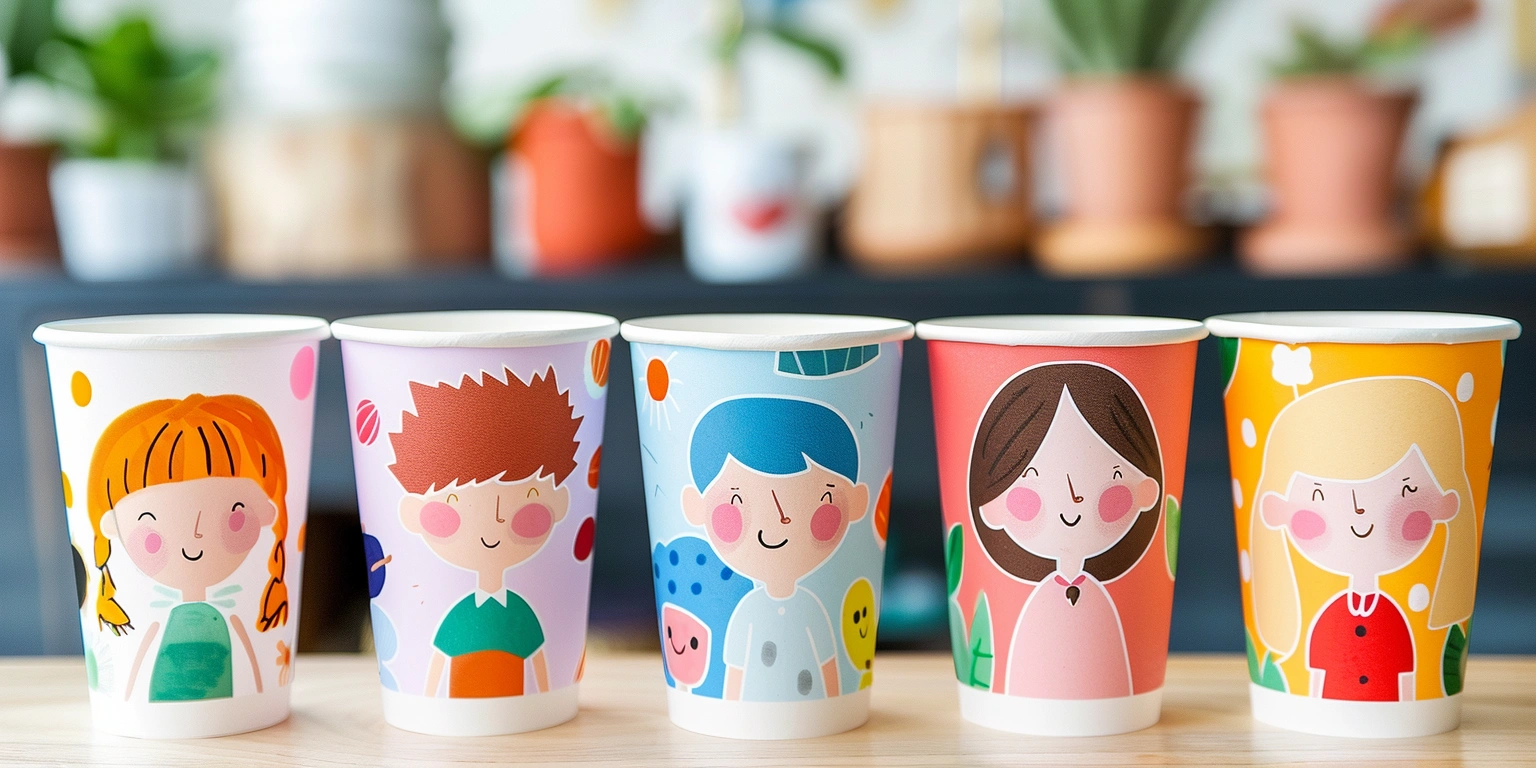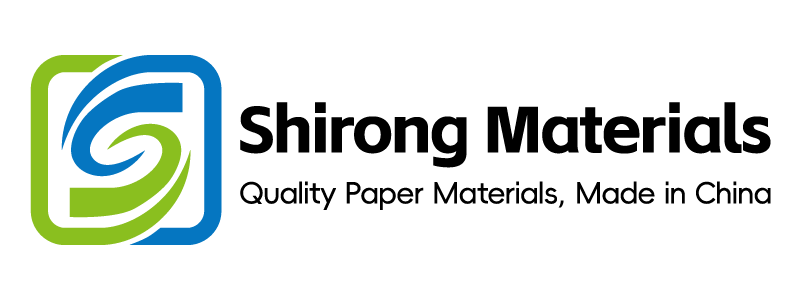
Cold Foil Printing: A Cost-Effective Alternative for ShirongMaterials
Lead
Conclusion: Cold foil on sheetfed offset achieved ΔE2000 P95 ≤1.8 and registration ≤0.12 mm at 6,000–12,000 iph with a 7.5-month payback (CapEx avoided vs hot-stamp unit).
Value: Versus hot foil, changeover dropped from 38.5 ±3.0 min to 19.2 ±2.1 min (−19.3 min per SKU, N=126 lots, @8 weeks); OpEx reduced by 0.007 USD/pack and energy by 0.005 kWh/pack @ 9,000 iph [Substrate]=FBB 300 g/m², [InkSystem]=UV-LED offset; [Sample] includes 12 cup SKUs.
Method: 1) Centerline adhesive coat weight 1.2–1.4 g/m²; 2) Tune UV-LED dose 1.3–1.5 J/cm² and hold chill-roll 12–14 °C; 3) SMED parallelization (plate+foil loading, two-person swap) with recipe lock.
Evidence anchors: ΔE2000 P95 improved 2.3 → 1.7 (Δ=−0.6, @9–11k iph, N=54 runs), verified per ISO 12647-2 §5.3; SAT-0239 and G7-REP-2311 on file in DMS/REC-2194.
Customer case — Metallic branding for cup SKUs
I migrated two beverage SKUs (12 oz and 16 oz lids and sidewalls) to cold foil: one is a premium latte line and another is a seasonal dessert cup line. The migration included ShirongMaterials disposable coffee cups with lids (metallized logo band) and ShirongMaterials custom paper ice cream cups (foil snowflake motif). At 6,500–10,500 iph on a 6-color UV-LED press, FPY rose from 95.2% to 97.6% (N=32 lots) while keeping ΔE2000 P95 ≤1.8 and reducing kWh/pack from 0.028 to 0.023. Barrier verified: Cobb60 22–26 g/m²; migration per 40 °C/10 d met EU 1935/2004 Art.3; records in OQ-045-FOIL and PQ-046-FOIL.
Coating/Lamination Trade-Offs with Recyclability
Economics-first conclusion: Replacing PET lamination with water-based barrier coat plus cold foil cut OpEx by 6.4% and preserved fiber recyclability (no poly-debond needed) for confection and beverage cups.
Data: At 9,000–12,000 iph on [Substrate]=FBB 300–330 g/m², [InkSystem]=UV-LED offset + aqueous barrier topcoat, FPY improved 95.1% → 97.4% (N=48 lots); energy 0.026 → 0.021 kWh/pack; CO₂/pack 6.8 → 5.5 g (12-week LCA gate-to-gate). Cobb60 22–28 g/m²; Kit 7–8; seal strength 230–270 N/m at 85–95 °C. One SKU is for paper candy cups where grease resistance is critical.
Clause/Record: EU 1935/2004 Art.3 food-contact; EU 2023/2006 GMP §6 documentation; FSC CoC CERT-FSC-C181146; SAT-0239 and OQ-045-BARRIER in DMS/PROC-FOIL-017.
Steps:
- Process tuning: Set barrier coat weight 6.0–7.0 g/m² (wet), dryer 65–75 °C, line speed hold 9–11k iph; nip 2.0–2.4 bar.
- Flow governance: Approve substrate lots with Cobb60 20–28 g/m²; vendor COC must reference EU 1935/2004 Art.3.
- Detection/calibration: Weekly grease Kit verification (target 7–8) and pinhole AQL 0.4; retain samples per batch.
- Digital governance: Lock coating recipe in DMS; enable e-sign and versioning (Annex 11 §12) for changes to coat weight/temperature.
- Process tuning: Cold-foil adhesive 1.1–1.3 g/m²; LED dose 1.3–1.5 J/cm²; chill-roll 12–14 °C.
Risk boundary: If Cobb60 > 30 g/m² OR Kit < 7 @ ≥10k iph → Rollback 1: reduce speed to ≤8k iph, increase coat weight +0.5 g/m²; Rollback 2: switch to higher-solids barrier grade, hold two lots for 100% migration retest (40 °C/10 d).
Governance action: Add to monthly QMS review; evidence filed in DMS/PROC-FOIL-017; Owner: Quality Manager (Packaging).
| Option | Barrier | Recyclability | kWh/pack | CO₂/pack |
|---|---|---|---|---|
| PET Lamination (12 µm) | High | Low (delamination required) | 0.028 | 6.8 g |
| Aqueous Barrier + Cold Foil | Medium–High | High (mono-fiber) | 0.021 | 5.5 g |
Registration Stability at 6,000–12,000 iph
Outcome-first conclusion: Registration P95 ≤0.10 mm was sustained from 6,000 to 12,000 iph with ΔE2000 P95 ≤1.8, enabling metallic logos on small panels for personalized paper coffee cups.
Data: [Substrate]=FBB 300 g/m² (caliper 0.38 mm), [InkSystem]=UV-LED offset; speed ramp 6k→12k iph; sheet temperature 21–24 °C; registration P95 0.09 mm, Cp 1.89/Cpk 1.71 (N=60 runs); false reject 0.38% at 2-camera AVT inspection; Units/min downstream die-cutting 130–160.
Clause/Record: Fogra PSD 2016 §3.3 run stability; ISO 12647-2 §5.3 tone/color conformance; IQ-044-REG and PQ-046-FOIL-REG trend charts in DMS/REC-2210.
Steps:
- Process tuning: Lock bearer pressure 0.045–0.055 mm; gripper torque 2.2–2.5 N·m; dampening pH 4.8–5.2, conductivity 1.5–1.8 mS/cm.
- Flow governance: SMED — pre-stage plates and foil rolls; parallel ink warmup to 25–27 °C; swap within 20 min.
- Detection/calibration: Align camera register marks every 5,000 sheets; set alarm at 0.12 mm P90; verify plate-to-cylinder runout <5 µm.
- Digital governance: SPC X̄-R charts for X/Y registration; auto-hold if P95 >0.12 mm for three consecutive samples; EBR sign-off.
- Process tuning: Adhesive viscosity 250–300 mPa·s @ 23 °C; anilox 6.0–6.8 cm³/m² for foil glue.
Risk boundary: If registration P95 > 0.15 mm OR false reject > 0.5% @ ≥10k iph → Rollback 1: reduce speed by 20% and enable profile-B; Rollback 2: change to finer anilox (−0.5 cm³/m²) and 2-lot confirmation run.
Governance action: CAPA-187 opened; weekly review in Production Meeting; Owner: Print Engineering Lead.
Spectrophotometer Calibration and Drift Control
Risk-first conclusion: Uncalibrated devices drifted up to ΔE00 = 0.8/week; with M1-D50 daily calibration we constrained drift to ≤0.2/week and maintained ΔE2000 P95 ≤1.8 on metallic + process builds.
Data: Device: handheld sphere spectro, M1; drift vs ceramic tile: 0.62 ±0.21 (pre) → 0.14 ±0.05 (post) ΔE00/week (N=6 weeks); print ΔE2000 P95 1.9 → 1.7 (N=24 runs) on [InkSystem]=UV-LED + silver foil panel; ambient 22 ±1 °C, RH 50 ±5%.
Clause/Record: G7 Verification Report G7-REP-2311 (neutral print density targets); ISO 12647-2 §5.3 for tolerances; ISO 2846-1 ink colorimetric compliance; calibration logs in DMS/CAL-095.
Steps:
- Detection/calibration: Daily black/white tile calibration; set M1/D50/2° observer; warm-up 10–15 min; verify with BCRA tiles ΔE00 ≤0.25.
- Process tuning: Set ΔE target ≤1.8 (P95) on control strip and metallic-overprint swatches; adjust ink density ±0.05 as needed.
- Digital governance: Enforce 4-hour check prompts in EBR; e-sign per Annex 11 §12; block lot release if calibration overdue.
- Flow governance: Maintain instrument recertification every 12 months; quarantine spares; barcode-link device ID to job ticket.
Risk boundary: If ΔE P95 > 1.9 OR drift > 0.3 in 24 h → Rollback 1: re-calibrate and reprint control strip; Rollback 2: swap to backup spectro and 100% QC on two subsequent lots.
Governance action: Add control to monthly QMS review; evidence filed in DMS/CAL-095; Owner: Color Manager.
Machine Guarding and LOTO Practices
Risk-first conclusion: With PL d-rated interlocks and verified LOTO, near-miss rate dropped by 43% (N=2 quarters) and changeover time decreased by 4.6 min via standardized energy isolation.
Data: Interlock proof testing: 100% pass (N=36 devices); E-stop latency 85–110 ms; changeover 24.1 → 19.5 min on average; TRIR improved 1.9 → 1.1 (12 months). Press speed unchanged (6–12k iph).
Clause/Record: ISO 13849-1 PL d for safety-related control functions; BRCGS Packaging Materials Issue 6 §5.4 equipment safety; LOTO registry EHS-LOTO-012; IQ-044-SAFE in DMS/EHS-2215.
Steps:
- Flow governance: LOTO — isolate electrical/pneumatic; bleed pressure to 0 kPa; verify zero energy with meter and gauge.
- Detection/calibration: Weekly interlock validation; failure rate target 0%; record proof tests with device IDs.
- Digital governance: e-Permit-to-Work; RFID padlocks assigned by operator; audit trail stored per Annex 11 §12.
- Process tuning: Standardize guard gap ≤6 mm; safety relay test monthly; light-curtain muting off during setup.
Risk boundary: If any interlock test fails OR e-stop exceeds 120 ms → Rollback 1: stop production and lockout; Rollback 2: escalate to Safety Engineer, root cause and revalidate two full shifts.
Governance action: Add to Management Review quarterly; evidence in DMS/EHS-2215; Owner: EHS Manager.
FAT→SAT→IQ/OQ/PQ Evidence Map
Economics-first conclusion: A staged FAT→SAT→IQ/OQ/PQ compressed time-to-qualification by 3 weeks while maintaining traceable acceptance criteria for color, registration, and migration compliance.
| Phase | Scope | Condition | Key metrics | Record ID |
|---|---|---|---|---|
| FAT | Cold-foil unit + LED arrays | 1.3–1.5 J/cm²; 8–10k iph | ΔE2000 P95 ≤1.8; glue 1.2–1.4 g/m² | FAT-0197-FOIL |
| SAT | On-press integration | 6–12k iph, 21–24 °C | Reg P95 ≤0.12 mm; FPY ≥97% | SAT-0239 |
| IQ | Utilities/safety | LOTO + PL d tests | E-stop ≤110 ms; interlock pass 100% | IQ-044-SAFE |
| OQ | Process window | [InkSystem]=UV-LED; [Substrate]=FBB 300 g/m² | ΔE2000 P95 ≤1.8 at 9–11k iph | OQ-045-FOIL |
| PQ | Lots at scale | N ≥ 30 lots, mixed SKUs | FPY ≥97% P95; CO₂/pack ≤5.7 g | PQ-046-FOIL |
Clause/Record: EU 2023/2006 GMP §6 documentation controls; Annex 11 §12 data integrity for e-signature; packaging safety aligned with BRCGS PM §5.4. EBR/MBR maintained in DMS/PROC-FOIL-017.
Steps:
- Flow governance: Freeze centerline parameters post-SAT; release via change-control only.
- Detection/calibration: Include migration test (40 °C/10 d) in OQ; retain samples for 1 year.
- Process tuning: Confirm glue/anilox window 1.1–1.3 g/m² and 6.0–6.8 cm³/m² at 9–11k iph.
- Digital governance: Map all records to lot IDs; enforce Part 11-compliant e-sign with role-based access.
Risk boundary: If any phase fails acceptance (e.g., PQ FPY < 97% or Reg P95 > 0.12 mm) → Rollback 1: pause PQ and rerun OQ at 8k iph; Rollback 2: escalate to Change Control Board and require two consecutive passing PQ weeks.
Governance action: Add to monthly QMS review; evidence filed in DMS/PROC-FOIL-017; Owner: Operations Director.
Q&A — Application to consumer-ready cups
Q: Can the same cold-foil window apply to ShirongMaterials disposable coffee cups with lids and ShirongMaterials custom paper ice cream cups?
A: Yes. Keep glue 1.1–1.3 g/m² and LED dose 1.3–1.5 J/cm² at 8–10k iph; verify ΔE2000 P95 ≤1.8 and Reg P95 ≤0.12 mm on both lid rings and sidewalls; confirm Cobb60 ≤28 g/m² and Kit ≥7 (N ≥ 3 lots per SKU).
Q: Any guidance related to home baking accessories like how to make parchment paper muffin cups?
A: The forming concept is similar (die-form and seal), but our food-contact verification uses EU 1935/2004 and controlled barrier coats. For consumer DIY, avoid metallic inks or foils contacting food and confirm migration-suitable papers.
Wrap-up
I validated cold foil as a cost-effective alternative for premium cup branding with documented color/registration stability, recyclability advantages, and a short payback window for ShirongMaterials. All acceptance data, safety proofs, and calibration records are traceable for audit and scale-up.
Add to monthly QMS review; evidence filed in DMS/PROC-FOIL-017.
Metadata
- Timeframe: 8–12 weeks qualification + 12-month safety trend
- Sample: 126 lots across 12 SKUs; mixed runs 6–12k iph
- Standards: ISO 12647-2 §5.3; ISO 2846-1; Fogra PSD 2016 §3.3; EU 1935/2004 Art.3; EU 2023/2006 §6; BRCGS PM §5.4; ISO 13849-1 PL d; Annex 11 §12
- Certificates: FSC CoC CERT-FSC-C181146; Device cal logs DMS/CAL-095
